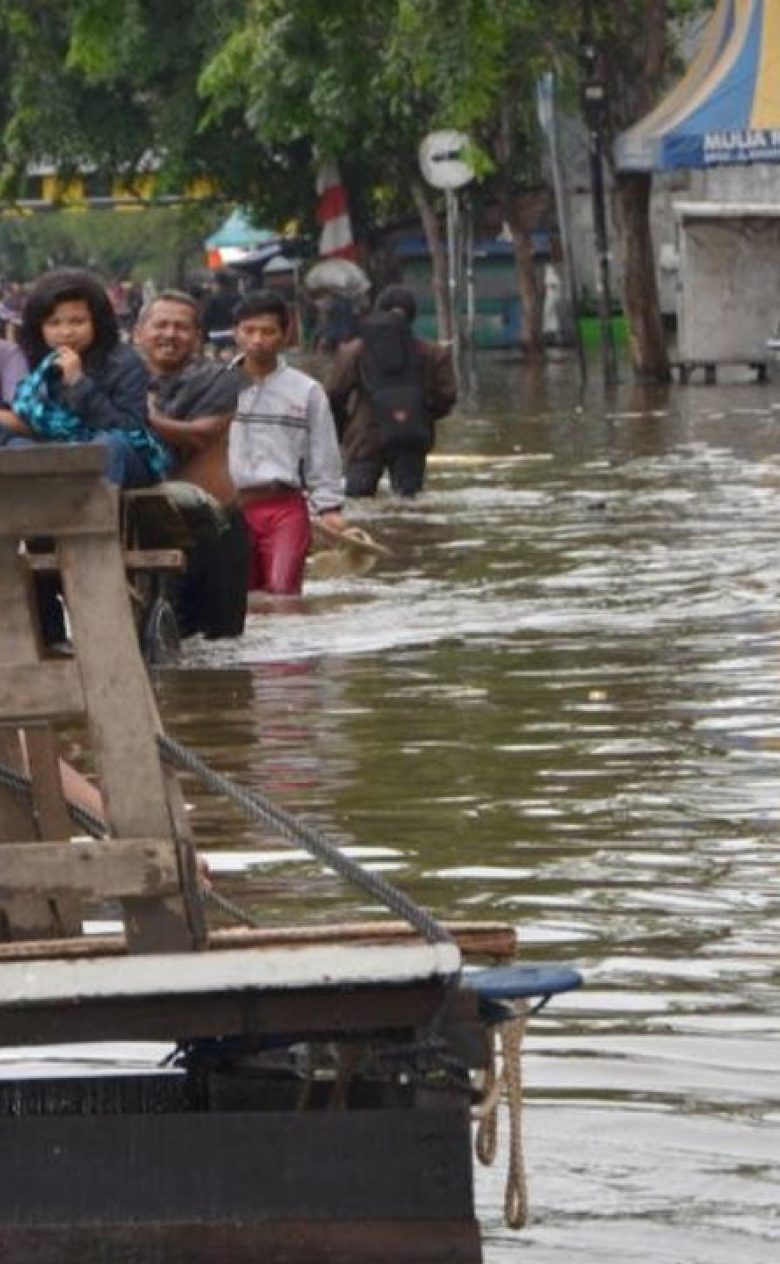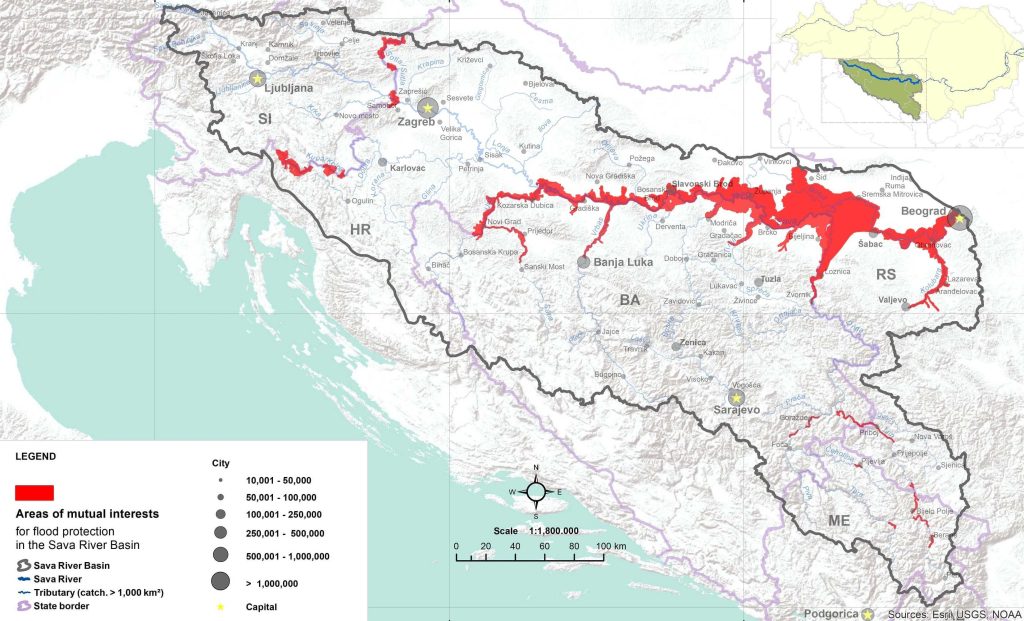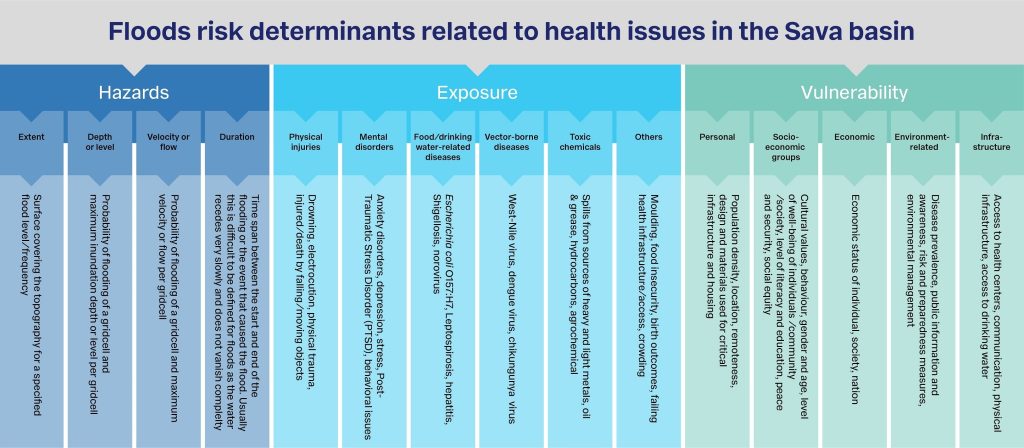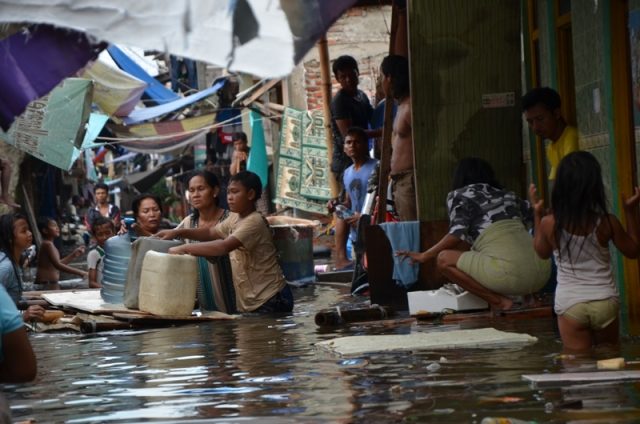Floods and droughts in catchments and the consequences for health
River floods can cause major damage. In addition to homes and infrastructure, the environment, the economy and human health are also affected. But drought also affects health.

Health risks during a flood
For example because of the contamination of drinking water as a result of physical contact with pesticides from agricultural land, bacteria excreted by humans and livestock that can cause diarrhoea, or heavy metals from industry.
After a flood, we also have to watch out for diseases transmitted by mosquito infestations, for example, and we must not underestimate the mental and physical effects of stress.
Health risks during drought
Examples of health risks involved with drought could be that crops fails and water quality deteriorates when discharge flows have to be diluted in less water.
Deltares expert Gertjan Geerling: ‘Our approach to examining the health effects during floods can also be applied to drought. You want to reduce the disease burden then as well. Disease can spread when water shortages threaten food supplies and put pressure on access to clean drinking water. If water flows are reduced, the risk of pollution hotspots is higher.’
Preparing for the consequences of floods and drought
Deltares helps its clients to prepare better for the impacts that floods and droughts have on health.
We work for policy- and decision-makers in river management, but also emergency serrvices, to investigate the effects of floods on health and to determine how our partners can reduce or prevent the associated disease burden.
Diseases resulting from floods depend on many factors. We include all the effects of flooding on health in our approach.
Gertjan Geerlings, expert water and health
We do that by looking at a range of factors such as:
- the type of flooding (speed, depth, duration)
- urban or rural area
- local health conditions (which diseases occur, condition of health care)
- the vulnerability of the population (demographic and socio-economic profile).
This can range from a small area with a few people to a large, densely populated area with large numbers of homes, buildings and activities. The housing in a given area may be quite robust, the infrastructure can be good, the hospital facilities can be modern. But the situation can be precisely the opposite: homes may be vulnerable and people (possibly with injuries) may have hardly any access to aid, hospitals or clean water when rivers burst their banks.


Different perspectives to investigate effects on health
To establish a clear picture of the effects that flooding can have on health, we look at the disease burden from different perspectives. They can include physical damage, mental stress, symptoms linked to food and drinking water, diseases transmitted by mosquitoes, serious contamination from chemical plants, and mould. Mould, for example, can spread happily when water subsides, but houses stay damp for a long time. Pulmonary problems can be the result.
Prioritising the approach to combating the effects of flooding

We make calculations for our clients to show where floods or droughts will occur, and the expected nature and extent. We describe the health effects and the costs for society using the perspectives referred to here, including personal and socio-economic vulnerability, the environment and infrastructure.
We establish a clear picture of the interdependence of these factors using decision-support computer models. Policymakers and river management authorities can use them to draft scenarios, assess the impact of possible measures, and to set priorities: which effects of flooding do they want to prevent or reduce first? This specific module is called D-Health.
Alliance
To reduce the disease burden during floods or droughts, Deltares is working with the Dutch National Institute for Public Health and the Environment (RIVM), the World Health Organization, and river management and government authorities in the Netherlands and internationally but also, for example, with the Red Cross.





